How to stop moss – Controlling moss in your lawn calls for a twofold approach; first removing existing plants and secondly preventing a new invasion. In this blog post, you can learn more about how to remove moss from your lawn and other moss treatment tips, including how to fight against an attack, how to restore your lawn’s vigour and how to prevent it from happening next time.
What Is Moss?
Moss is a primitive plant which is biologically quite different from grasses, trees and flowering plants. It doesn’t have stems, leaves or proper roots and it reproduces with spores – rather like a fungus. That means that it needs a certain set of conditions to survive. Plenty of moisture, an undisturbed surface and minimal competition from other plants, and moss will find its way there.
How to Treat Moss in a Lawn
Knowing what moss needs to thrive is your weapon against the plant and helps to understand how to treat moss on your lawn. If the grass on your lawn is strong and healthy, it should, in theory, be able to resist an invasion. Also, if your lawn drains well and is nice and airy, the surface will dry out relatively quickly and create the wrong conditions.
When you create a new lawn, take care of the drainage and ensure that the soil is rich in nutrients. If your garden is shaded, use a grass variety that copes well with lower light conditions and do what you can to let as much light into the garden, whether that means trimming back tall plants or whatever else.
What To Do When Moss Invades Your Lawn
If moss does invade your lawn, don’t fret too much. In the British climate, it’s hard to avoid completely.
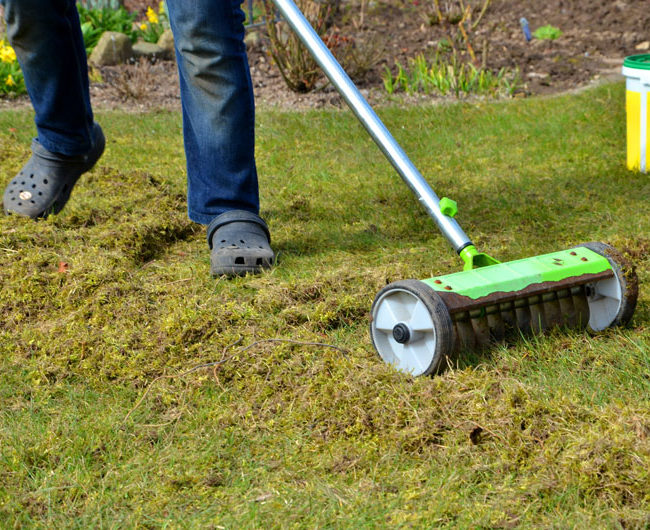
Find out more on how to scarify your mossy lawn here.
Next, treat it with a proprietary moss killer. If you’re unsure about how long moss killer takes to work then follow the manufacturers’ instructions very carefully. Too strong a dose of some chemicals can damage the grass and leave your lawn looking black and nasty. Be extra careful, because if you slip up, it takes a long time for the lawn to recover from an overdose of moss killer.
There are two trains of thought here. Some prefer to apply a chemical killer and then scarify, others work the opposite way around depending on the severity of the problem. If you’ve caught it early, then use chemical controls before scarifying. If the lawn needs major refurbishment, scarify first, then apply moss killer at regular intervals to prevent regrowth.
Whichever way around you scarified and sprayed, your next job is to reinvigorate the grass plants so they can outcompete the moss in future.
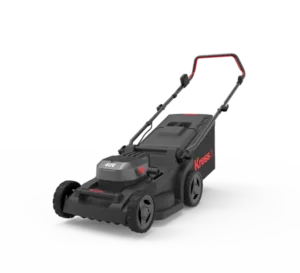 |
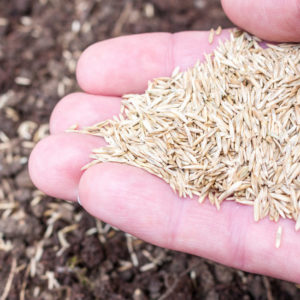 |
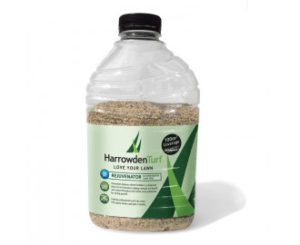 |
 |
 |
 |
Restoring Your Lawn’s Vigour
First of all, you should address any long-term problems such as compaction, poor drainage and shade. Aerating the lawn will reduce compaction and help to improve drainage.
Find out how to aerate your lawn here.
Over-Seeding Bare Patches
If removing moss has left your lawn looking a bit bare and bald, increase the plant population by over-seeding. Be sure to choose the right seed for the lawn – if you have a fine lawn, choose a fescue-bent mix. If it’s in shade, choose a shade-tolerant grass seed. Simply scuff up the surface with a rake, sprinkle the seed over and keep it well-watered until it is growing strongly. You may need to protect it from hungry birds too.
Anti-Moss Lawn Care Regimes
Lawn Feeding
Don’t skimp on your lawn’s nutrition if you want to stop moss on your lawn. It’s tempting to miss a feed or two to slow down growth so you don’t have to mow as often, but if you want a lovely lawn, that’s not a helpful practice. You want to build strength not weaken it. Human bodybuilders need the right nutrition and so does grass.
Anti-Moss Mowing
To cut the grass effectively to protect against moss, mow little and often but raise the cutting blade a little. Longer grass (2.5-4cm long) is much better at resisting invasion from moss, weeds and indeed lawn diseases. It also stays much greener and definitely won’t need watering in summer.
Aeration and Scarification
We’ve briefly mentioned aeration and scarification already in this article. They sound like big jobs but, done regularly at a rate of twice per year, they’re not too onerous at all. They certainly help to keep the lawn healthy. If you really don’t fancy doing it yourself then ask a lawn care professional for help – they’re surprisingly good value for money.
Moss Killer as a Precaution
Bring moss killer into your annual lawn care regime. When it comes to moss in lawns, it’s so much easier to kill the spores as soon as they “land” than wait until the plants are mature. Your lawn is most vulnerable to invasion during the winter months, so apply moss killer between September and March to avoid a mossy lawn problem.
FREE Moss Control Factsheet
If moss has taken over your lawn, then download our free fact sheet here.
More Lawn Care Articles
Read about feeding your lawn through the year here.
Find out about common lawn care problems and how to tackle them.
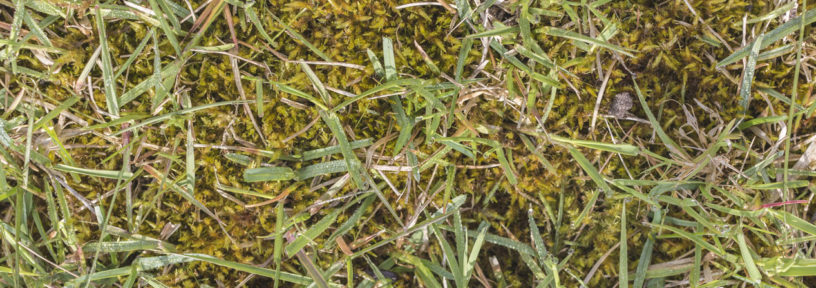
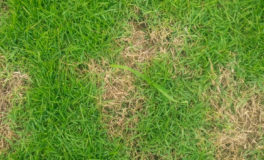 What Is Red Thread Disease and how do you treat it?
What Is Red Thread Disease and how do you treat it?  How to recognise and treat Fusarium Patch Disease
How to recognise and treat Fusarium Patch Disease 

